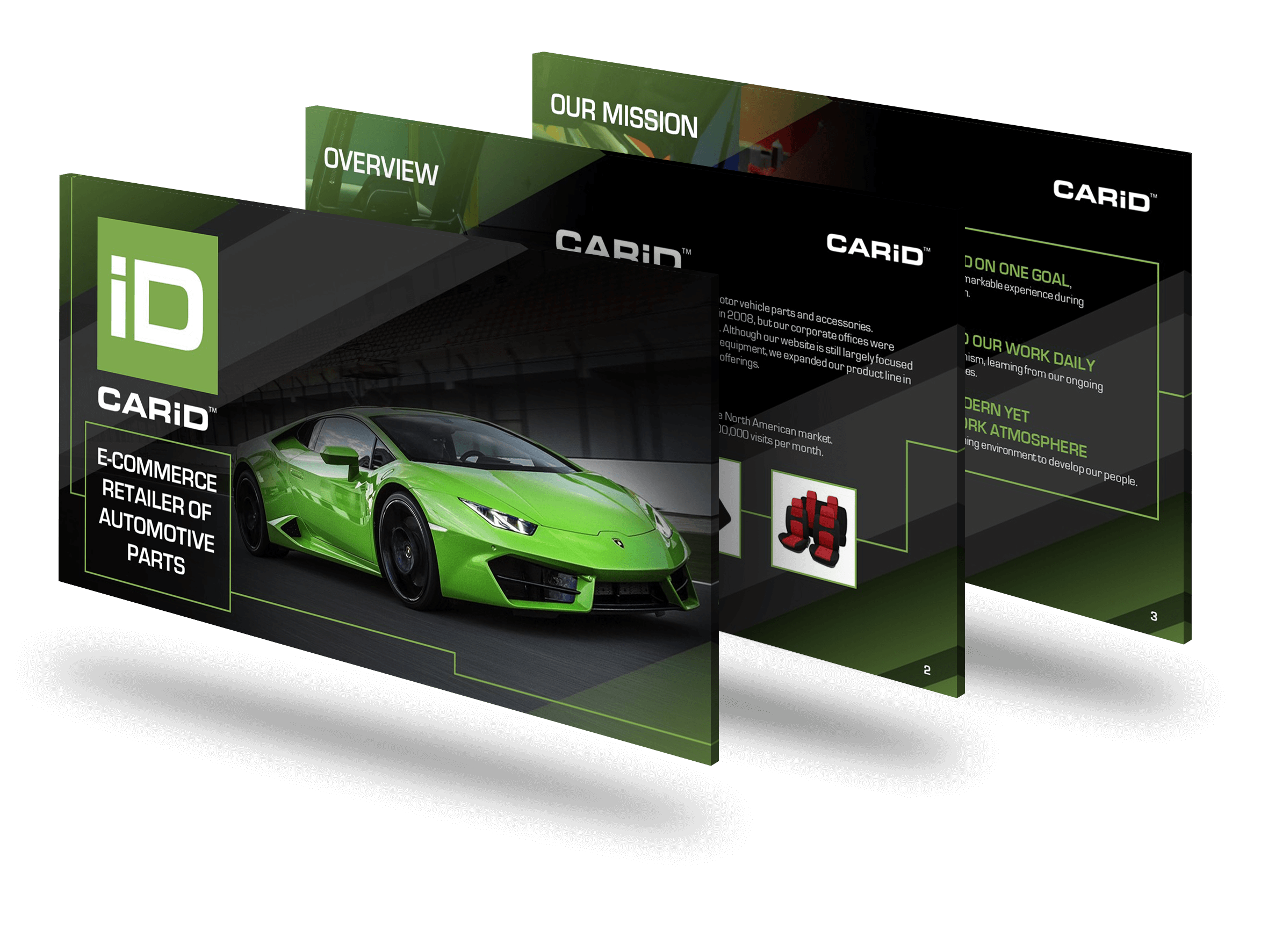Effective collaboration on presentation design as a remote team can be achieved through a combination of strategic planning, leveraging the right tools, and maintaining clear communication. Here are some practical steps to ensure a smooth and productive process:
- Define Roles and Responsibilities: Start by clearly defining each team member’s role in the project. This includes who will be responsible for content creation, design, editing, and final approval. Having a clear structure helps avoid confusion and ensures accountability.
- Use Collaborative Tools: Utilize cloud-based tools that allow real-time collaboration. Platforms like Google Slides, Microsoft PowerPoint Online, and other presentation software with collaborative features enable multiple team members to work on the same presentation simultaneously. These tools often include version history, which helps track changes and revert to previous versions if needed.
- Establish a Workflow: Create a structured workflow that outlines each step of the presentation design process. This might include initial brainstorming sessions, content drafting, design iterations, and final reviews. Setting deadlines for each phase helps keep the project on track.
- Regular Check-ins and Feedback: Schedule regular virtual meetings to discuss progress, share feedback, and address any challenges. Tools like Zoom, Microsoft Teams, or Slack can facilitate these discussions. Encourage open communication to ensure everyone is aligned and any issues are promptly resolved.
- Centralized Storage: Use a centralized storage solution like Google Drive, Dropbox, or OneDrive to store all presentation assets, including images, videos, and documents. This ensures that all team members have access to the latest files and reduces the risk of losing important materials.
- Design Consistency: Maintain a consistent design by using templates and style guides. This ensures that all slides adhere to the same visual standards, making the presentation look cohesive and professional. Share these resources with the team at the beginning of the project.
- Feedback and Iteration: Encourage iterative design by seeking feedback at various stages of the project. Use annotation tools or comment features within your collaborative software to provide specific, actionable feedback. This helps refine the presentation and ensures it meets the desired standards.
By implementing these strategies, remote teams can effectively collaborate on presentation design, ensuring a seamless and productive process that results in a polished and professional final product.
View Our Presentation Portfolio










